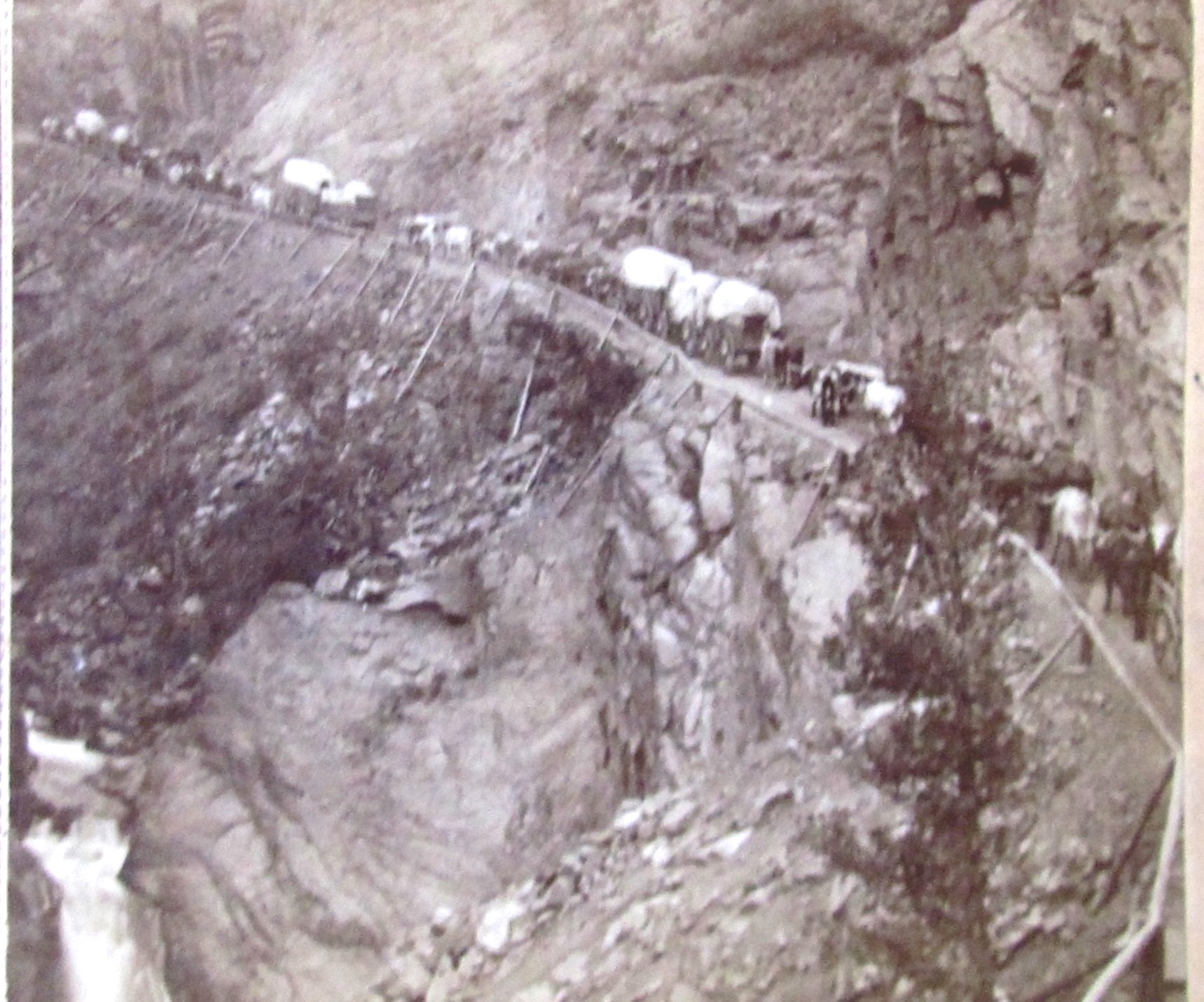
As New England’s population increased in the early 1800s, a slow, westerly migration began. By the 1840s, pioneers in wagon trains were traveling west to Oregon. These pioneers came from New England and other eastern states. Some came from Vermont and New Hampshire.
With the discovery of gold in California, many went west to seek their fortune. These prospectors wrote home to tell family and friends their experiences. Very few ever struck it rich.
Because these letters were mailed back east, they do show up now and then. Not as often today as 40 years ago, but occasionally I still find one. Below is such a letter.
I have copied it as handwritten the best I could. I didn’t correct spelling or punctuation. I suggest you read it slow and maybe twice. I had to. It’s an interesting historical account. It was mailed home to Cavendish.
“Marattan May 9th 1849
Dear Sir
Having a few leisure moments to day I thought I should write you a line to you as you are probably anxious to hear from me. There is a Steamer here direct from San Francisco. I have seen a lump worth $32 and another worth $9. It makes a fellows eyes shine to look at them. I have conversed with a man direct from California, he brings news more extravagaus than any that I have before heard Work is $10 per day at San Francisco. There has been several murders committed lately but they say there is good order there now. A man in the Steam boat says that a man can dig from 1 to 9 ounces per day. A fellow has got to work if he gets any gold. A person that has never been accustomed to work cannot endure the fatigue of digging gold. There is a great many clerks from New York gone there, they will wilt like hot house plants before a burning [illegible] A stout healthy man is not in much danger. There is some sicknefs at the mines. I cannot give much reliable information now, when I get there I shall let you know all about it We left Vera Cruz on the 14 of March and arrived at San Blas on the 1 of May We sail on a Brigoutine belonging to port of San Blas owned by the French Consul at that place called the Dos Amigos (or two friends) We started from Vera Cruz with a wagon but sold it at Jalapa and bought horses and pack mules. We paid from $30 to $40 for our horses and mules and sold them on an average at a lofs of about $20 per head. I have not time here to give you any particulars in relation to our journey When I get time I shall tell you the whole story I am in a hurry to day I am well and tough as a knot give my respects to all inquiring friends
Respectfully yours D E Harlow
P.S. Please send this to Maria”
There were three main routes to California. Traveling cross-country in a wagon train took months to complete. And of course the Indians didn’t welcome the new arrivals. Sailing around the tip of South America to San Francisco was a very long and dangerous journey. The rough seas around Cape Horn claimed a number of wooden ships.
Some traveled overland through Mexico, as the author of this letter did. Either route was a dangerous trek.
Instead of an old saying, I offer a short story. The town dump was on the Dump Road. Winslow Hale was the dump man. One day, my brother Brian was speeding down the Dump Road in his ’66 Chevelle. As Brian came into a curve, Winslow was coming the other way. Brian was speeding and Winslow was in the center of the road. Brian swerved to miss Winslow, and ran off the road. Winslow stopped. Brian got out his car and chewed Winslow a new one. Winslow said, “I don’t know why you’re so upset. You came just as close to me as I came to you.”